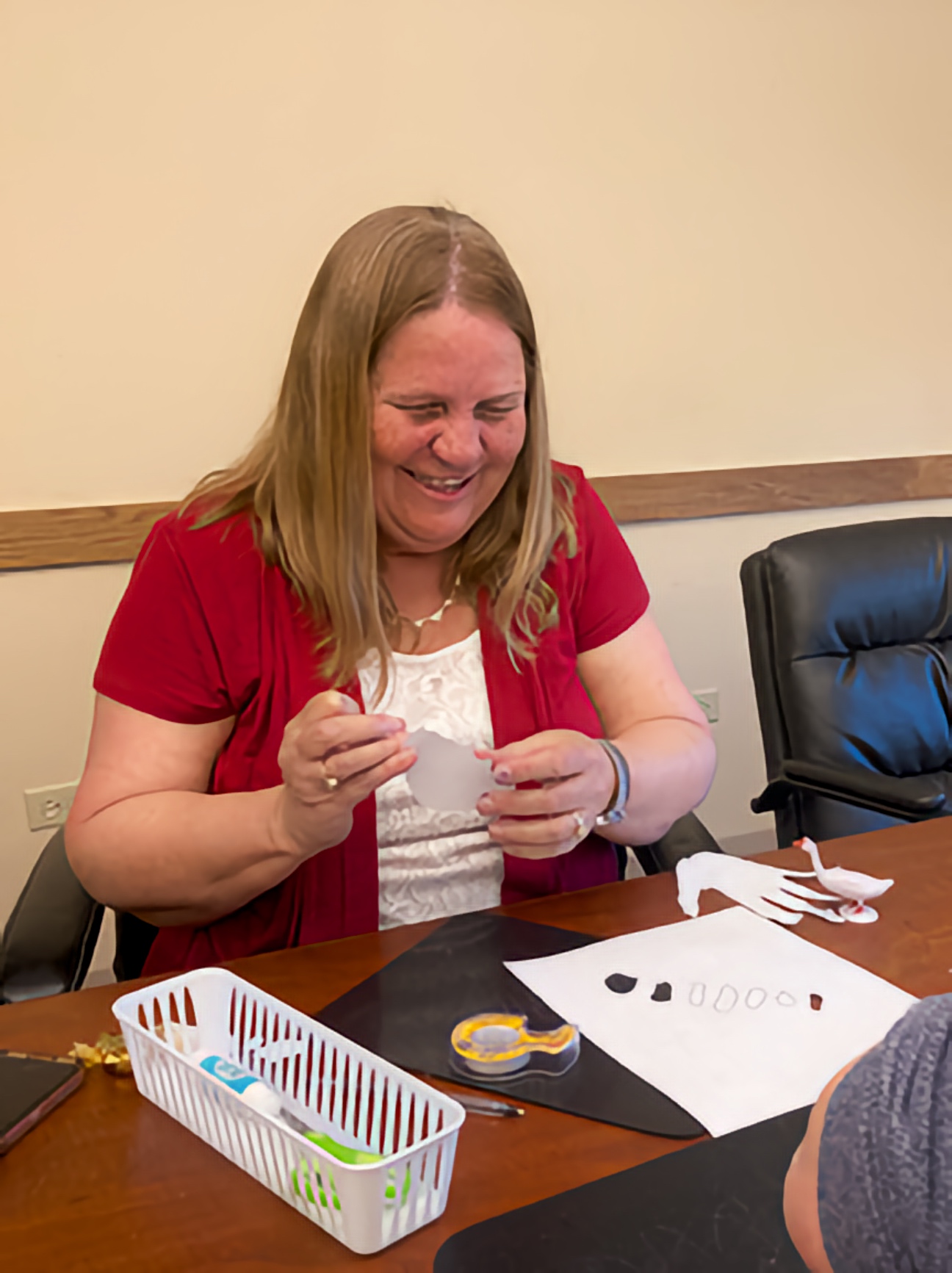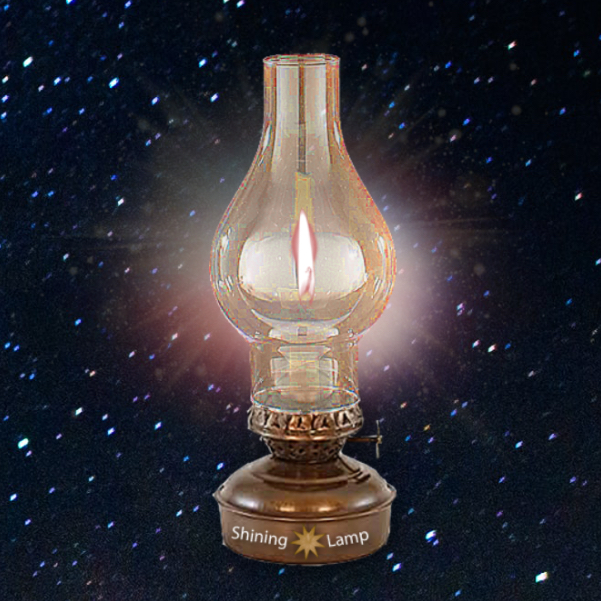Striving to remove barriers that prevent us from building Vibrant, Diverse, Inclusive, Accessible Communities!

As a child, the author could not picture a butterfly, a flock of geese, or the shape of a monument. She argues that touch can deliver that knowledge when society commits to removing barriers—especially through raised-line drawings and 3-D models that represent objects we can’t safely handle or physically reach. Public examples such as tactile exhibits and maps show how environments can support exploration instead of blocking it.
The piece recounts a three-day Teach-In in Littleton, Colorado, designed to build a corps of instructors who can teach tactile literacy. Led by Ann Cunningham and Chancey Fleet, participants learned perspective, spatial awareness, and composition using tools like the Sensational Blackboard; many sighted attendees wore learning shades to focus on tactile feedback. Through exercises such as constructing multi-layered images, they practiced foreground, middle ground, and background so pictures make sense under the fingertips.
The author centers Blind/Low Vision people and makes it clear that denying tactile learning is a preventable problem. Early instruction in tactile literacy enables understanding of maps, graphs, and tables and helps students interpret what things look like in the visual world; complementary practices like writing meaningful image descriptions further widen access. The message is direct: when schools, libraries, and publishers skip tactile formats, they maintain barriers that block learning.
The Teach-In closes with a ripple effect: new instructors immediately teach others, multiplying capacity in communities. The call is practical and urgent—equip more teachers, integrate tactile art and graphics into curricula, and keep spreading methods that place the world within reach. With sustained effort, the next generation will explore confidently by touch and compete on equal terms.
Read the Full Article: From Amoebas to Monuments: The World at Our Fingertips
by: Julie Deden
Share or Print with:

